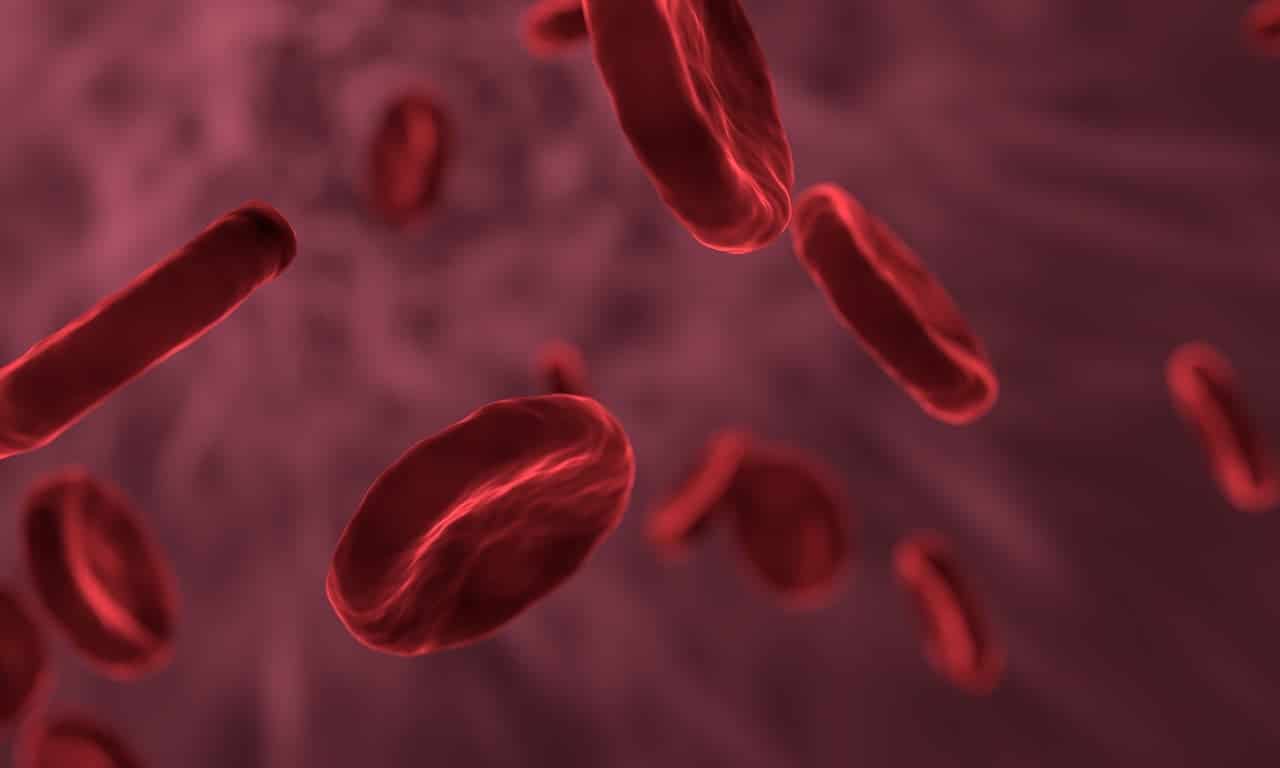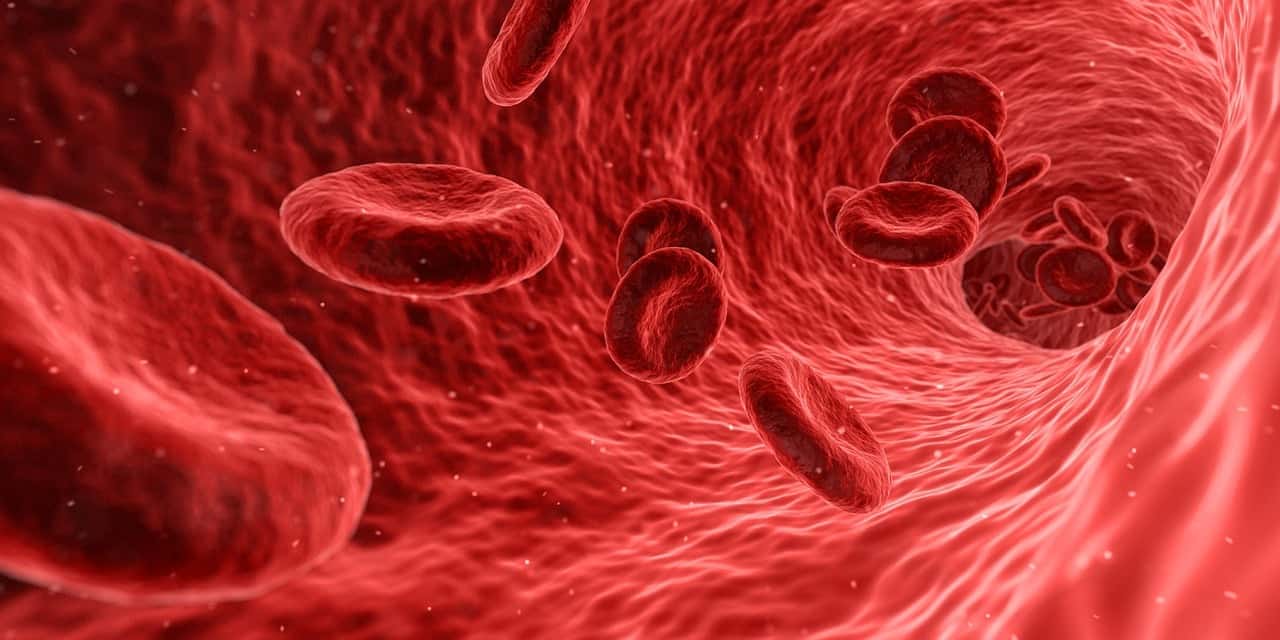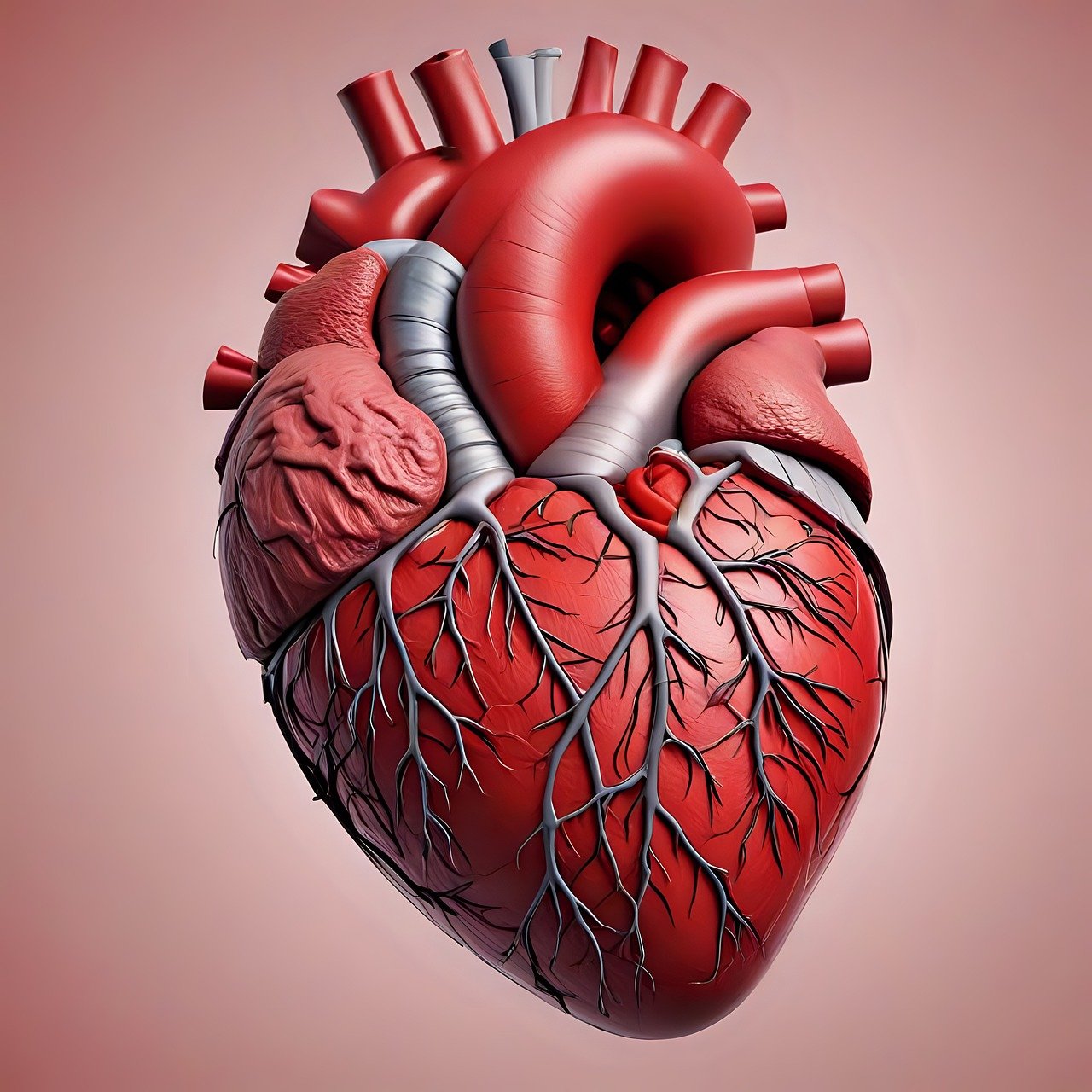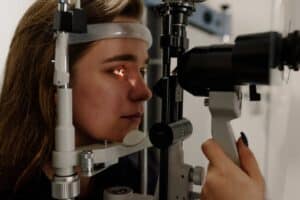Understand Blood and the Circulatory System

Blood has been associated with human life since ancient times, and it is believed that there is no life without it, so studying it and knowing its functions and components has been a major concern for biologists. Blood is a liquid made up of several very important cells in the body such as red blood cells, white blood cells, and platelets, all of which move in the blood plasma.
Red blood cells contain hemoglobin, which changes its redness according to its degree of oxygen saturation, as its main function is to transport oxygen from the lungs to all cells of the body to carry out the process of cellular respiration necessary for energy production. Blood is 5 times more viscous than water, and its density is (1.55-1.65) g/cm³, and its functions are many, and it is very important, as it is the carrier material in the body, as it transports oxygen, carbon dioxide, hormones and others, and acts as a protection system against foreign bodies, and regulates body temperature. The volume of blood in the normal human body is 5 liters for a body with a mass of 70 kg.
Circulatory system
Since ancient times, anatomists and biologists have been trying to figure out how blood works and how it performs its functions; the circulatory system is the name given to the process of transferring oxygen and carbon dioxide between the lungs and body cells through arteries and veins, with the help of the heart, which pumps and draws blood. The first person to record his discovery of the circulatory system was the Arab scientist and physician Ibn al-Nafis, born in Damascus, who specialized in anatomy and the treatment of diseases, and his discovery was called the microcirculation. The English scientist William Harvey completed the path of comprehensive knowledge of the circulatory system in the early 17th century, and his discovery was called the Great Circulation.
Importance of microcirculation
The pulmonary circulation is a link between the lungs and the heart, and it starts from the right ventricle of the heart filled with oxygen-free (non-oxygenated) blood saturated with carbon dioxide, and travels through the pulmonary artery to the lungs to release carbon dioxide and supply oxygen, and when the pulmonary artery enters the lungs, it branches into two sections, and then the two sections branch into capillaries that reach the alveoli to take oxygen from them. When the pulmonary artery enters the lungs, it branches into two sections, and then the two sections branch into capillaries that reach the alveoli to take oxygen from them, then the blood returns again to the heart through the pulmonary vein flowing to the left atrium of the heart, and the blood in this case is ready to carry out the great circulation.

Importance of the circulatory system
The importance of the circulatory system is that it complements the minor circulation and transports oxygen to all parts of the body. The oxygenated blood is pumped from the left atrium to the left ventricle through the mitral valve, the left ventricle is filled with oxygenated blood, and the mitral valve is closed to ensure that the blood does not return to the left atrium. The aortic valve opens to let blood out of the left ventricle into the aorta, which branches into several main arteries for all parts of the body, and the arteries branch into capillaries that feed all the body’s cells with oxygen and glucose, after which the blood returns; the capillaries, after transporting oxygen to the cells, carry carbon dioxide and waste products from the cells to the main veins that transport deoxygenated blood to the left atrium. Then the deoxygenated blood is transferred from the right atrium to the right ventricle through the open tricuspid valve, after which this valve closes due to the filling of the right ventricle with deoxygenated blood and to ensure that the blood does not return again to the atrium, and with this step, the blood returns to the small circulation again.
The heart
The heart is the most important organ of the circulatory system and its main axis, and without it, blood will not circulate in the body; the size of the heart muscle is the size of a fist, and it pumps 2000 gallons of blood daily, through 100 thousand systole and diastole every day, and this important and sensitive muscle is protected by the rib cage. The heart is located between the lungs slightly to the left, and is divided into four chambers, the right and left ventricles, the right and left atria, and the right and left atria, separated by a barrier wall, and the upper sections are called the atrium and the lower sections are called the ventricle, and different arteries and veins are connected to it, such as the coronary artery and the aorta: Coronary artery, aorta, pulmonary veins and arteries, superior vena cava, and inferior vena cava, and the entry and exit of blood is regulated by valves such as the aortic valve and the pulmonary valve.

Heartbeat
The walls of the heart are made up of involuntary muscles that are constantly contracting and contracting; the heart beats 50 times per minute in the absence of various activities, and up to 100 beats per minute in case of running, fear, and illness.
Circulatory problems
Cardiovascular disease is the leading cause of death in the United States, according to the American Heart Association, and the circulatory system is the most vulnerable system in the human body, due to its prevalence in all parts of the body, as well as its very critical function. The most common disease among circulatory diseases is atherosclerosis, resulting from the deposition of fat inside these arteries, which leads to blockage and the occurrence of angina pectoris, thrombosis or stroke, while stroke occurs inside the arteries of the brain, and fat is inside them, and this is caused by increased cholesterol in the blood, diabetes, or smoking.
Another widespread circulatory disease is hypertension, which causes the heart to work harder and the arteries to dilate, which results in other health phenomena such as kidney failure, stroke, heart attack, stroke, and internal bleeding.






